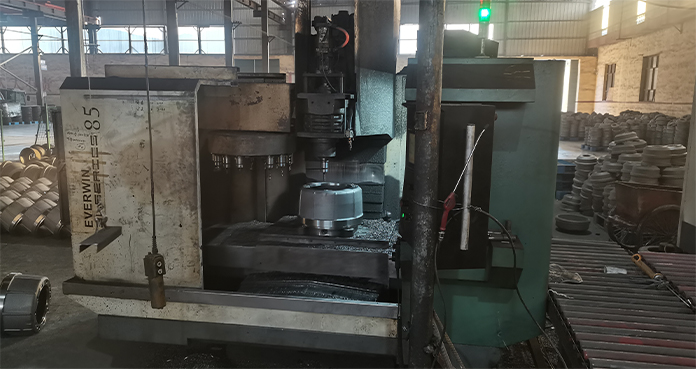Oct . 11, 2024 04:47 Back to list
brake drum assembly
Understanding Brake Drum Assembly A Crucial Component in Automotive Safety
The brake drum assembly is an essential part of a vehicle's braking system, contributing significantly to the overall safety and functionality of the car. It is primarily found in vehicles equipped with drum brakes, which are common in older models and some modern cars, particularly on the rear wheels. Understanding the components and functions of the brake drum assembly is crucial for vehicle owners and automotive professionals alike.
At its core, a brake drum assembly consists of several key components the brake drum, brake shoes, wheel cylinder, and various springs and hardware. The brake drum is a round, cylindrical piece usually made of cast iron or composite materials designed to withstand high temperatures generated during braking. It is mounted on the wheel hub and rotates with the wheel.
Brake shoes are curved metal plates lined with friction material. When the driver applies the brakes, hydraulic pressure from the brake fluid forces the wheel cylinder to push the brake shoes outward against the inner surface of the brake drum. This contact generates friction, which slows down the wheel and ultimately stops the vehicle. The design of the brake shoes and the material used for the friction lining significantly influence the performance of the brake system. High-quality materials can provide better stopping power and longer lifespan.
The wheel cylinder is another crucial component that operates based on hydraulic principles. It consists of two pistons that move outward when pressure is applied from the master cylinder, forcing the brake shoes against the drum. The efficiency of the wheel cylinder directly affects the responsiveness of the brake system. Proper maintenance is essential to ensure it remains free of leaks and operates smoothly.
brake drum assembly

Springs and hardware play a vital role in the brake drum assembly as well. They help retract the brake shoes when the brake pedal is released and maintain the correct positioning of the components. Good-quality springs ensure that the brake system responds quickly and effectively, while worn or damaged springs can lead to uneven braking and increased wear.
One of the advantages of drum brakes is their ability to provide a high level of braking force in a compact design, making them suitable for many vehicle applications. However, they also have disadvantages, such as a tendency to overheat and reduced performance in wet conditions compared to disc brakes. As a result, many automotive manufacturers have transitioned to disc brakes for most modern vehicles, though drum brakes remain prevalent in certain applications due to their cost-effectiveness and reliability.
Proper maintenance of the brake drum assembly is vital for ensuring safe vehicle operation. Regular inspections should focus on checking the condition of the brake shoes, the drum's interior surface, and the entire hydraulic system for leaks and proper function. Additionally, drivers should be aware of warning signs such as unusual noises, decreased stopping power, or a spongy brake pedal, which may indicate that servicing is required.
In conclusion, the brake drum assembly is an integral component of a vehicle's safety system. Understanding its components, functions, and maintenance needs can help vehicle owners ensure their braking system operates effectively, providing confidence and safety on the road. Regular checks and maintenance can prevent potential issues, leading to a safer driving experience.
-
ROR Web Development: Build Fast, Scalable, Secure Apps
NewsAug.17,2025
-
Scania Brake Drums: OEM Quality for Optimal Safety & Durability
NewsAug.16,2025
-
R.V.I: Advanced Remote Visual Inspection for Precision
NewsAug.15,2025
-
Discover HYUNDA: Innovative Vehicles, Equipment & Solutions
NewsAug.14,2025
-
R.V.I: Unlock Advanced Insights & Real-time Performance
NewsAug.13,2025
-
Kamaz Brake Drum: Durable & Reliable for Heavy Duty Trucks
NewsAug.12,2025
